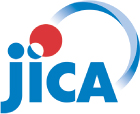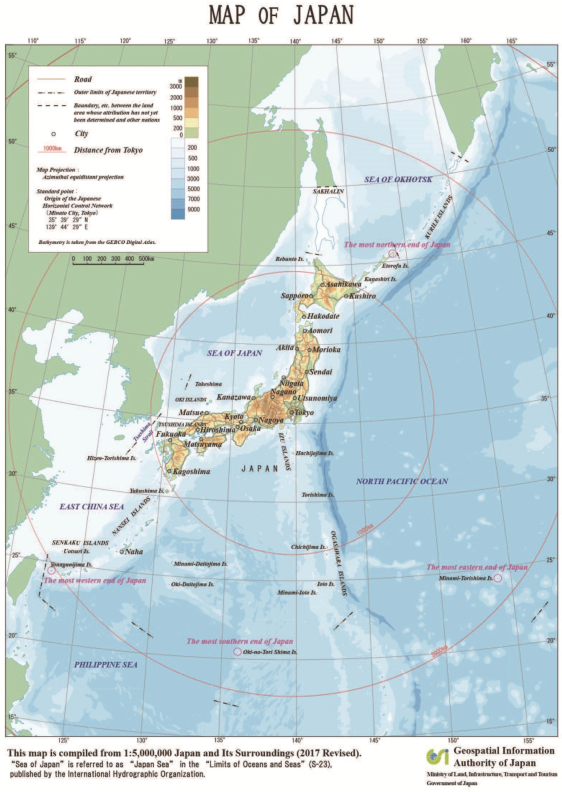DESCRIPTION OF THE BONDS AND GUARANTEE
The following terms of the bonds and the guarantee of Japan supplement the description of the general terms of our debt securities under “Description of the Debt Securities and Guarantee” in the SEC Base Prospectus. For more information, you should refer to the fiscal agency agreement relating to the bonds, a copy of the form of which is to be filed as an exhibit to an amendment to the JICA 18-K 2023, on May 15, 2024.
General
The bonds will be issued pursuant to a fiscal agency agreement, dated as of May 14, 2024 (New York City time)/ May 15, 2024 (Tokyo time), among us, Japan, MUFG Bank, Ltd., London Branch, as fiscal agent, principal paying agent and transfer agent and U.S. Bank Trust Company, National Association, as U.S. representative of the fiscal agent, principal paying agent and transfer agent. The aggregate principal amount of the bonds will be $1,000,000,000. The bonds will mature at par on May 21, 2029.
The bonds will bear interest at the rate per year shown on the front cover of this Supplement, payable in equal semi-annual installments, accruing from May 21, 2024. The interest payment dates are May 21 and November 21, commencing November 21, 2024. Interest will be payable to the person in whose name the bond is registered at 6:00 p.m., New York City time generally on the fifteenth day before the interest payment occurs. Interest in respect of any bond shall be calculated per $2,000 in principal amount of the bonds. Whenever it is necessary to compute any amount of interest in respect of the bonds, that interest will be calculated on the basis of a 360-day year consisting of twelve 30-day months.
If a date for payment of principal or interest on the bonds falls on a day that is not a business day, the related payment of principal, premium, if any, or interest may be made on the next succeeding business day as if made on the date the payment was due and no interest will accrue in respect of such delay. For purposes of this paragraph, “business day” means any day on which commercial banks and foreign exchange markets settle payments and are open for general business (including dealings in foreign exchange and foreign currency deposits) in: (a) the relevant place of payment and (b) The City of New York, London and Tokyo.
Other than as described below under “—Redemption”, we may not redeem the bonds prior to maturity. The bonds will not be subject to a sinking fund.
Japan unconditionally and irrevocably guarantees the payment of principal of, interest on, and any additional amounts of, the bonds.
The bonds will be our direct, unsecured debt securities obligations and rank pari passu and be payable without any preference among themselves and at least equally with all of our other unsecured debt securities obligations from time to time outstanding, which rank senior to our unsecured general obligations not represented by debt securities, provided, however, that certain obligations in respect of national and local taxes and certain preferential rights granted by, among others, the Japanese Civil Code to certain specified types of creditors, such as preferential rights of employees to wages, will have preference.
Additional terms of the bonds and the guarantee of Japan are described in the SEC Base Prospectus under “Description of the Debt Securities and Guarantee”.
MUFG Bank, Ltd., London Branch has its principal corporate office at Ropemaker Place, 25 Ropemaker Street, London EC2Y 9AN. Under the fiscal agency agreement, the fiscal agent will act in part through its U.S. representative, U.S. Bank Trust Company, National Association, which has an office at 100 Wall Street, 6th Fl., New York, NY 10005. In acting as the fiscal agent for the bonds, MUFG Bank, Ltd., London Branch (or its U.S. representative, as applicable), is the agent of JICA and Japan, is not a trustee or agent for the holders of the bonds and does not have the same responsibilities or duties to act for such holders as would a trustee or agent. We may maintain deposit accounts and conduct other banking transactions in the ordinary course of business with the fiscal agent.
S-60

